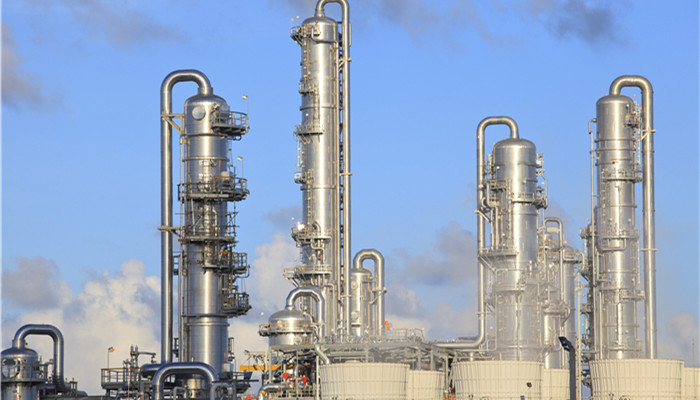
China’s polyparaphenylenebenzobisoxazole (PBO) fiber market status and analysis of major companies in 2022
Polyparaphenylenebenzobisoxazole, also known as polyparaphenylenebenzobisoxazole, or PBO for short, is a liquid crystalline aromatic heterocyclic polymer. One of the main monomers for the synthesis of PBO is 4,6-diamino Resorcinol. Polyparaphenylenebenzobisoxazole (PBO) fiber produced by air gap-wet spinning is a high-performance aromatic polyamide fiber. Polyparaphenylenebenzobisoxazole (PBO) fiber has excellent mechanical properties, heat resistance, high flame retardancy, and excellent impact resistance, friction resistance and dimensional stability. The disadvantage is poor light resistance.
The “2022-2026 Polyparaphenylene Benzobisoxazole (PBO) Fiber Industry In-depth Market Research and Investment Strategy Suggestions Report compiled and released by the Industrial Research Center span>》shows that the tensile strength modulus of polyparaphenylenebenzobisoxazole (PBO) fiber is 2.5 times that of aramid fiber and much higher than that of carbon fiber. At the same time, the highly aromatic nature of the polyparaphenylenebenzobisoxazole (PBO) macromolecular chain gives it obvious liquid crystal properties. Polyparaphenylenebenzobisoxazole (PBO) fiber-reinforced composite materials can be used to manufacture high-temperature resistant mats for aluminum alloys and glass products, and can be used as reinforcing materials for plastics and other plastics. Due to the excellent mechanical properties and high temperature resistance of polyparaphenylenebenzobisoxazole (PBO) fiber, it is widely used in bulletproof and flameproof clothing, rocket engine isolation, aerospace equipment, high-performance bulletproof armor, lightweight materials, satellite exploration, deep sea It is applied in key areas such as oil field development.
Polyparaphenylenebenzobisoxazole (PBO) fiber was first produced in small batches by Dow in the United States. In 1990, Japan’s Toyobo Company purchased PBO patented technology from the American Dow Chemical Company. In 1991, PBO fiber was developed by Dow-Badish Chemical Fiber Company on the equipment of Toyobo Company in Japan. In 1994, after receiving authorization from Dow Corporation, Toyobo invested 3 billion yen to build a PBO monomer and 180t spinning production line with an annual output of 400t. It invested in partial industrial production in 1995 and successfully launched the Zylon brand in 1998.
Industry researchers said that China first began to carry out poly-paraphenylene benzobis production in the 1990s. Research on oxazole (PBO), but only a small amount of PBO polymer can be obtained in the laboratory. For a long time, China has lacked the production capacity of 4,6-diaminoresorcin, an important raw material for the synthesis of PBO, which has limited the research on the synthesis of polyparaphenylenebenzobisoxazole (PBO) products. In recent years, Chinese companies have increased their research and development efforts in the field of new materials and achieved the localization of polyparaphenylenebenzobisoxazole (PBO). In 2018, Zhongke Jinqi built a domestic PBO fiber industrial production line with an annual output of 100 tons; in 2019, the 380 tons/year high-performance PBO fiber production device built by Xinchen New Materials was successfully put into operation. The localization of PBO fiber has ended Japan’s monopoly and is of great significance to new materials in China’s aerospace, national defense and military industries.

 微信扫一扫打赏
微信扫一扫打赏

